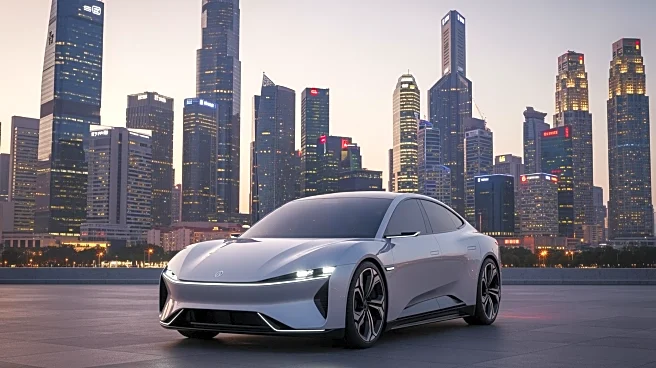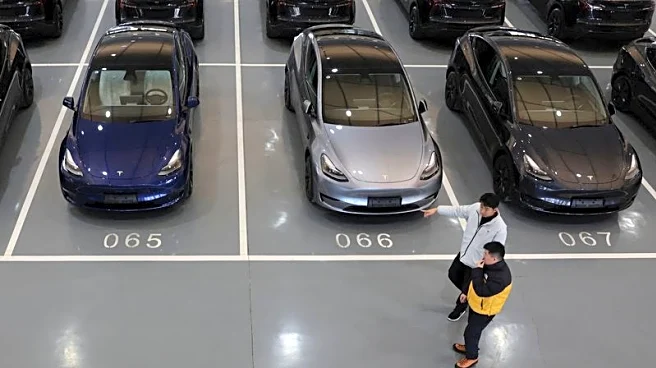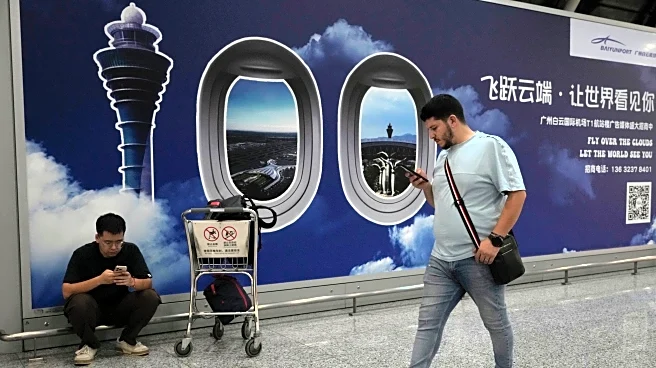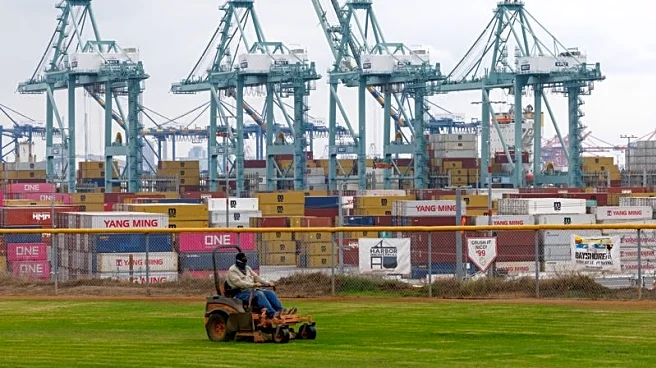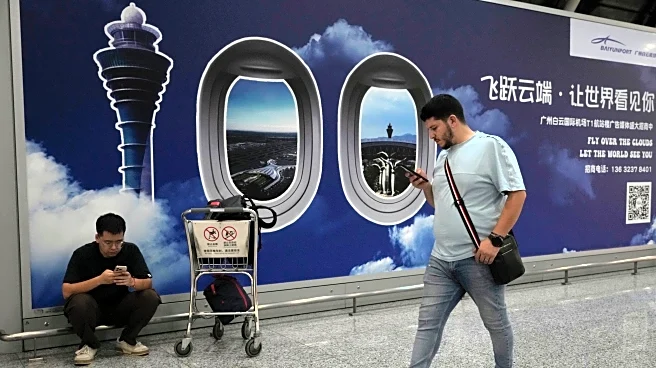What's Happening?
Honda is facing increased competition from Chinese electric vehicle (EV) manufacturers in Southeast Asia, which is impacting its sales projections. The company now expects to sell 925,000 vehicles in Asia, including
China, in the current financial year, a decline of over 10% from its previous target of 1.09 million light vehicles. This shift is attributed to the growing presence of Chinese EVs in the region, which are gaining popularity due to their affordability and advanced technology. The competitive landscape is further complicated by ongoing U.S.-China trade tensions and chip shortages, which have affected Honda's production capabilities.
Why It's Important?
The rise of Chinese EVs in Southeast Asia represents a significant challenge for traditional automakers like Honda. As Chinese manufacturers continue to expand their market share, they are reshaping the competitive dynamics in the automotive industry. This trend highlights the increasing importance of innovation and adaptation for established companies to maintain their market positions. The situation also underscores the broader impact of geopolitical factors and supply chain disruptions on global automotive production and sales strategies.
What's Next?
Honda may need to reassess its strategy in Southeast Asia to counter the growing influence of Chinese EVs. This could involve increasing investment in EV technology and production capabilities, as well as exploring partnerships or collaborations with local companies to enhance competitiveness. Additionally, the company might focus on strengthening its supply chain resilience to mitigate the effects of trade tensions and component shortages. The evolving market dynamics could also prompt other automakers to reevaluate their strategies in the region.
